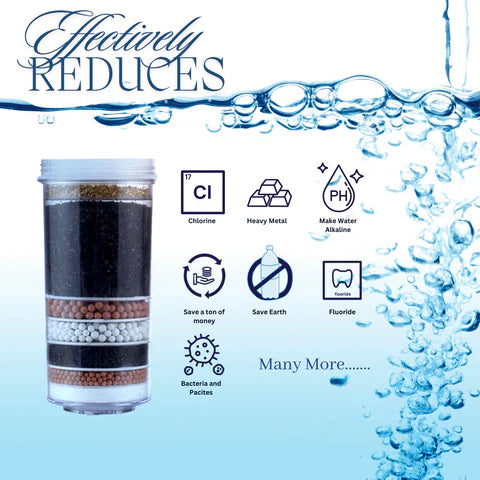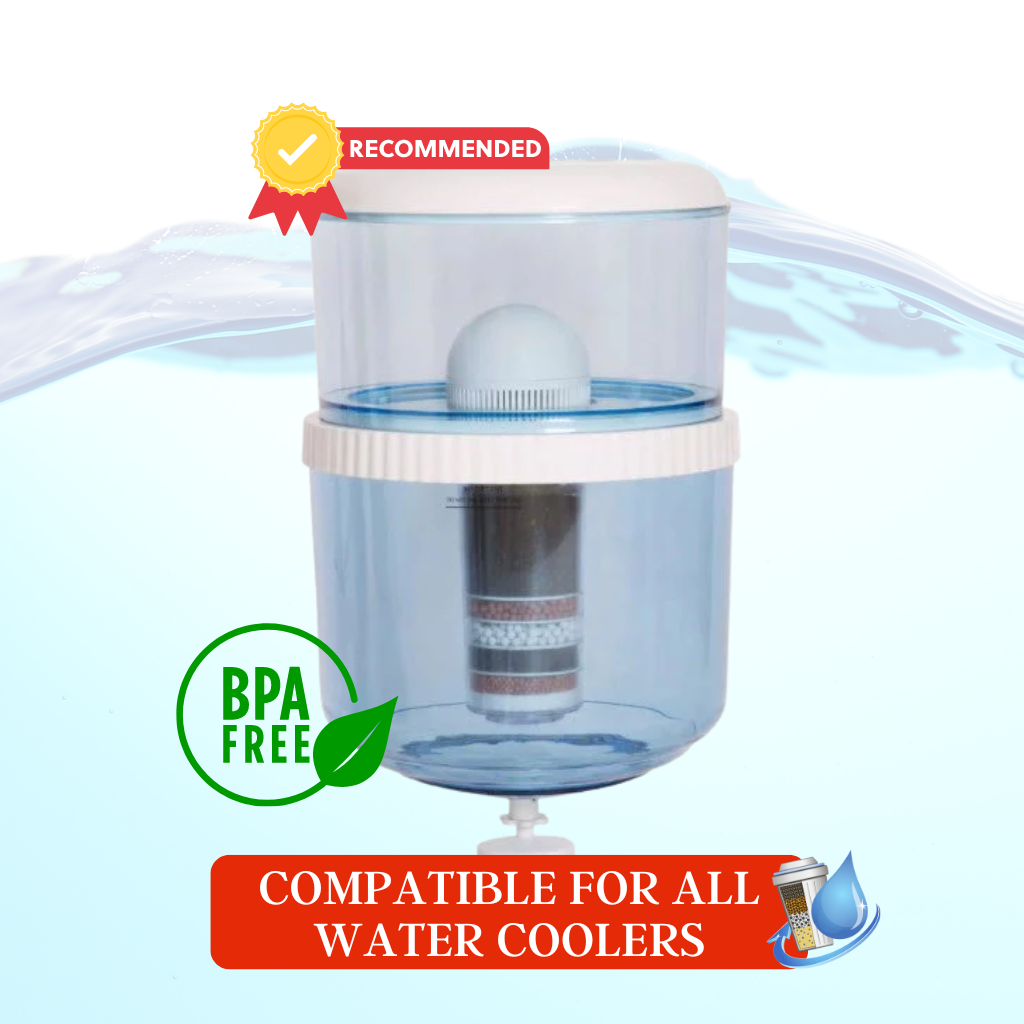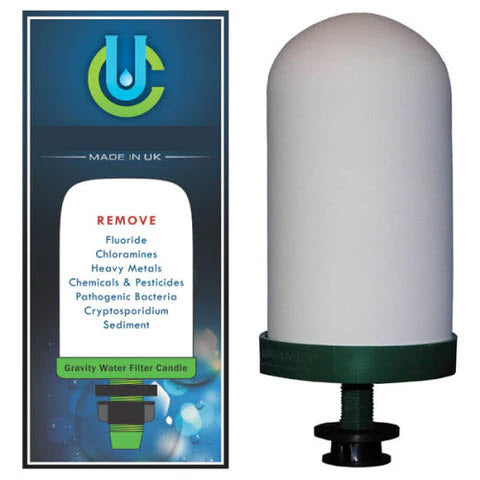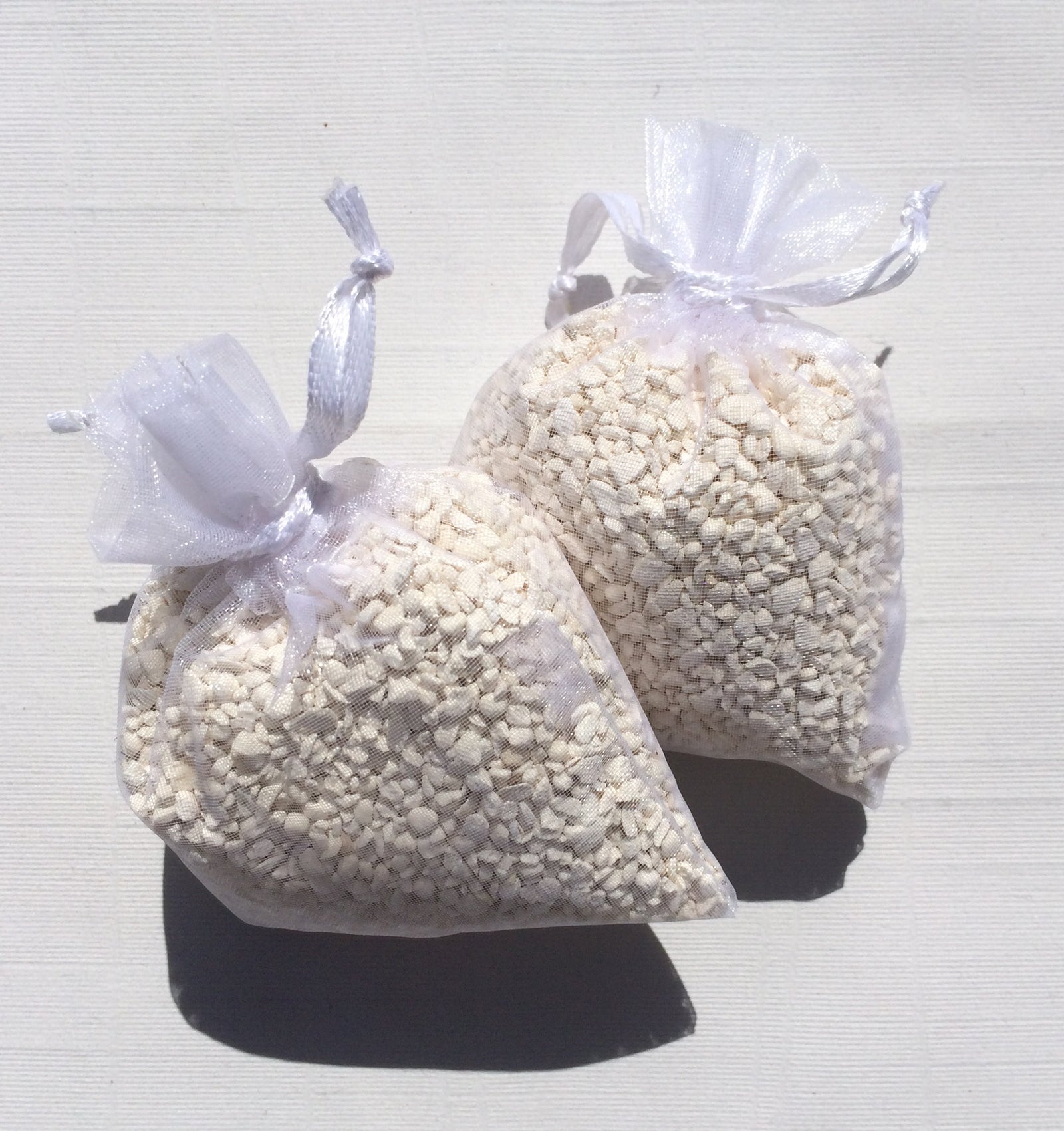Delivered quickly and they were easy to replace.
Great Awesome Deals! Fast Shipping Across Australia!
Menu
-
- Personalised Water Filter Order & Invoice Assistance
-
Water Coolers
-
Water Filters & Purifiers
- Water Cooler Spare Parts
-
Water Filter System
- Water Filter Cartridges
- Water Filter Jug
- Water Bottle
- Benchtop Water Filter
- Water Distiller
- Replacement Water Filter Cartridges Guide
-
Locations
- Awesome Water Filters in Adelaide
- Awesome Water Filters in Darwin
- Awesome Water Filters in Hobart
- Awesome Water Filters in Brisbane
- Awesome Water Filters in Gold Coast
- Awesome Water Filters in Wollongong
- Awesome Water Filters in Sydney
- Awesome Water Filters in Melbourne
- Awesome Water Filters in Perth
- Awesome Water Filters in Canberra
-
- Home
- FAQ
- Contact Us
- Shipping | Return | Refund | Warranty
- Install it with Airtasker
- Awesome News
- 1-800-789-781
- Login

Great Awesome Deals! Fast Shipping Across Australia!
Say Goodbye to Bottled Water: The Ultimate DIY Guide to Installing Your Own Undersink Water Filter!
October 22, 2024 6 min read
Are you ready to transform your tap water into something amazing? Installing an undersink water filter might just be the perfect weekend project to upgrade your home’s water quality without breaking a sweat. In this guide, we'll walk you through every step, from picking the right system to ensuring it runs smoothly. Grab your wrench, and let's dive in!
Table of Contents
- Step 1: Choose the Right Undersink Water Filter
- Step 2: Gather the Necessary Tools and Materials
- Step 3: Turn Off the Water Supply
- Step 4: Install the Filter's Mounting Bracket
- Step 5: Connect the Filter Housing
- Step 6: Cut and Connect the Water Lines
- Step 7: Install the Faucet (if applicable)
- Step 8: Flush the System
- Step 9: Check for Leaks
- Step 10: Maintenance and Filter Replacement
Step 1: Choose the Right Undersink Water Filter
Before you begin the installation process, it's essential to choose the right undersink water filter for your needs. There are various models on the market, each with its own set of features and specifications. Consider factors such as filtration capacity, filter lifespan, and the specific contaminants the filter is designed to remove. It's also essential to ensure the filter is compatible with your existing plumbing and sink setup.
Before you begin the installation process, it's essential to choose the right undersink water filter for your needs. With the wide range of models available on the market, it’s important to consider the following factors to ensure you select the best filter for your home:
-
Filtration Capacity: This refers to the amount of water the filter can process before needing a replacement. Higher-capacity filters are ideal for larger households or locations where water consumption is high. If you're living alone or with a small family, a lower-capacity filter may suffice, and it can save you money in the long run.
-
Filter Lifespan: Different filters have different lifespans, usually measured in months or based on water volume. Some filters last around 6 months, while others may need to be replaced every 12 months. Longer-lasting filters are typically more cost-effective over time, but they may come with a higher upfront cost.
-
Contaminant Removal: Not all filters remove the same contaminants, so it's crucial to understand which pollutants are in your water. Common contaminants include chlorine, lead, bacteria, pesticides, and sediments. Some filters are designed to target specific contaminants (e.g., carbon filters for chlorine and VOCs), while others are multi-stage systems that remove a broader range of impurities, like reverse osmosis systems.
-
Flow Rate: This measures how quickly the water passes through the filter and into your faucet. A high flow rate ensures you get water faster without waiting. However, faster isn't always better, as some high-flow filters may not remove contaminants as effectively as slower systems. Choose a filter that balances speed with effectiveness, particularly if water quality is your top priority.
-
Filter Type: Undersink water filters come in different types, including carbon block filters, reverse osmosis systems, and UV purifiers. Carbon block filters are popular for their ability to remove chlorine and improve taste, while reverse osmosis systems provide a more thorough purification by removing a wide range of contaminants, including dissolved solids. UV systems are excellent if your water is at risk for bacterial contamination.
-
Ease of Replacement: Look for filters that are easy to replace without the need for specialized tools. Some filters come with quick-connect fittings or twist-off cartridges that make maintenance much simpler.
-
Compatibility with Plumbing: Ensure the filter is compatible with your existing plumbing and sink setup. Some filters require specific adapters or space under the sink, so it's essential to measure the area where you plan to install the filter and confirm that the filter can fit comfortably.
By carefully considering these factors, you’ll be able to choose the perfect undersink water filter that fits your household’s needs and ensures you have access to clean, safe, and great-tasting water at all times.
Step 2: Gather the Necessary Tools and Materials
Once you've selected the ideal undersink water filter for your home, gather the tools and materials required for installation. These may include:
- Adjustable wrench
- Plumber's tape
- Pipe cutter or hacksaw
- Drill and drill bits
- Screwdriver
- Teflon tape
- Bucket
- Safety goggles
- Towel or rag
Step 3: Turn Off the Water Supply
Before starting the installation process, ensure you turn off the cold water supply to the sink. Locate the shut-off valve beneath the sink and turn it clockwise until it's tightly closed. Open the faucet to relieve any pressure and drain any remaining water from the pipes.
Step 4: Install the Filter's Mounting Bracket
Choose a suitable location for the filter underneath the sink, ensuring there's enough space for the filter housing and easy access for future filter changes. Use a pencil to mark the screw holes for the mounting bracket, then drill pilot holes into the cabinet wall. Attach the bracket using the provided screws, ensuring it's level and secure.
Step 5: Connect the Filter Housing
Assemble the filter housing according to the manufacturer's instructions, ensuring the O-ring is properly seated and lubricated with a small amount of silicone grease. Attach the housing to the mounting bracket, ensuring it's securely in place.
Step 6: Cut and Connect the Water Lines
Use a pipe cutter or hacksaw to cut the cold water supply line, allowing for the filter's inlet and outlet connections. Be sure to leave enough tubing to accommodate the fittings. Install the provided T-fitting onto the cut water line, using Teflon tape to create a watertight seal on threaded connections. Attach the inlet and outlet water lines to the filter housing, ensuring a secure connection. It's essential to double-check the correct orientation of the water flow, as indicated by the arrows on the filter housing.
Step 7: Install the Faucet (if applicable)
If your undersink water filter system includes a dedicated faucet, follow these steps to install it:
- a. Choose a suitable location for the faucet on the sink or countertop, ensuring easy access and clearance for filling containers.
- b. Drill a hole in the chosen location, following the manufacturer's guidelines for hole size and faucet specifications.
- c. Insert the faucet through the hole, ensuring the rubber gasket is properly seated between the faucet and sink surface.
- d. Tighten the mounting nut from underneath the sink to secure the faucet in place.
- e. Connect the faucet's water line to the filter's outlet line, using Teflon tape to ensure a watertight seal on threaded connections.
Step 8: Flush the System
Before using your newly installed undersink water filter, it's crucial to flush the system to remove any debris or loose carbon particles from the filter. To do this, turn the cold water supply back on and open the faucet (or the dedicated filter faucet, if applicable). Allow the water to run for several minutes, or as directed by the manufacturer's instructions, to ensure the filter is properly flushed and ready for use.
Step 9: Check for Leaks
Once the system is flushed and the water is running clear, take a moment to inspect all connections for leaks. If you notice any dripping or seepage, turn off the water supply and tighten the connections as necessary. Turn the water back on and re-check for leaks to ensure a successful installation.
Step 10: Maintenance and Filter Replacement
To keep your undersink water filter operating at peak performance, it's important to perform regular maintenance and replace the filter cartridge as recommended by the manufacturer. This typically involves turning off the water supply, removing the filter housing, and swapping out the old filter for a new one. Be sure to follow the manufacturer's guidelines for filter replacement intervals and maintenance procedures.
Conclusion
Installing an undersink water filter is a relatively simple DIY project that can greatly improve the quality of your home's drinking water. By following the steps outlined in this guide, you'll be well on your way to enjoying cleaner, better-tasting water straight from the tap. Remember that proper maintenance and filter replacement are essential for optimal performance and the longevity of your system. Happy filtering!
Subscribe
Sign up to get the latest on sales, new releases and more …









